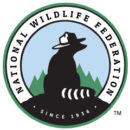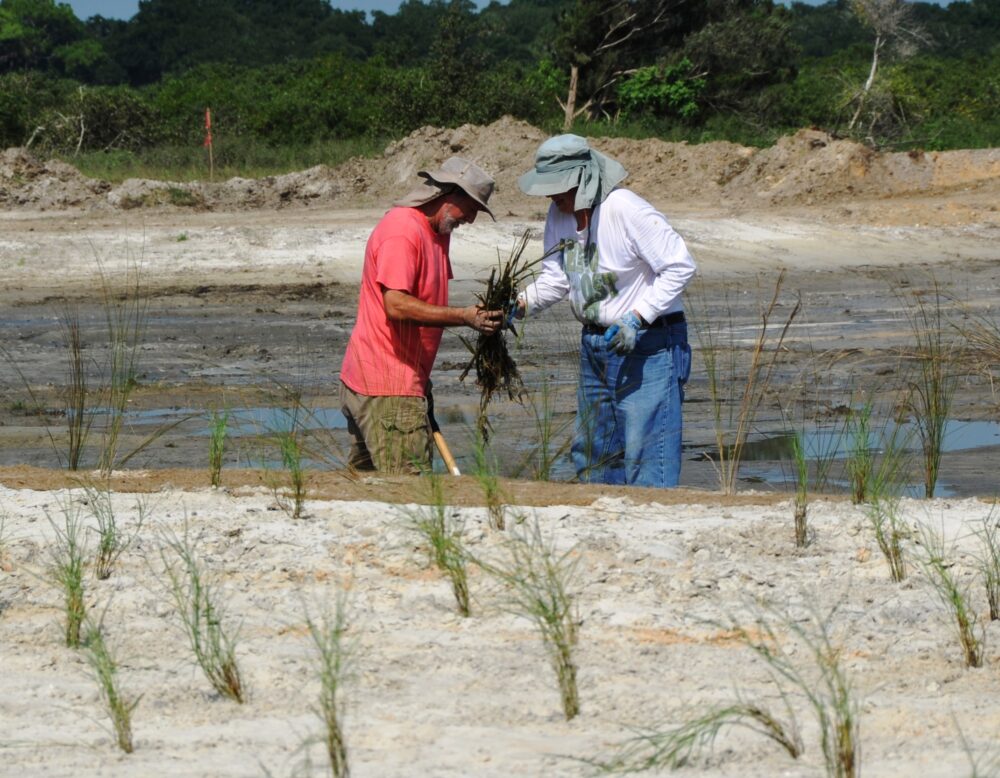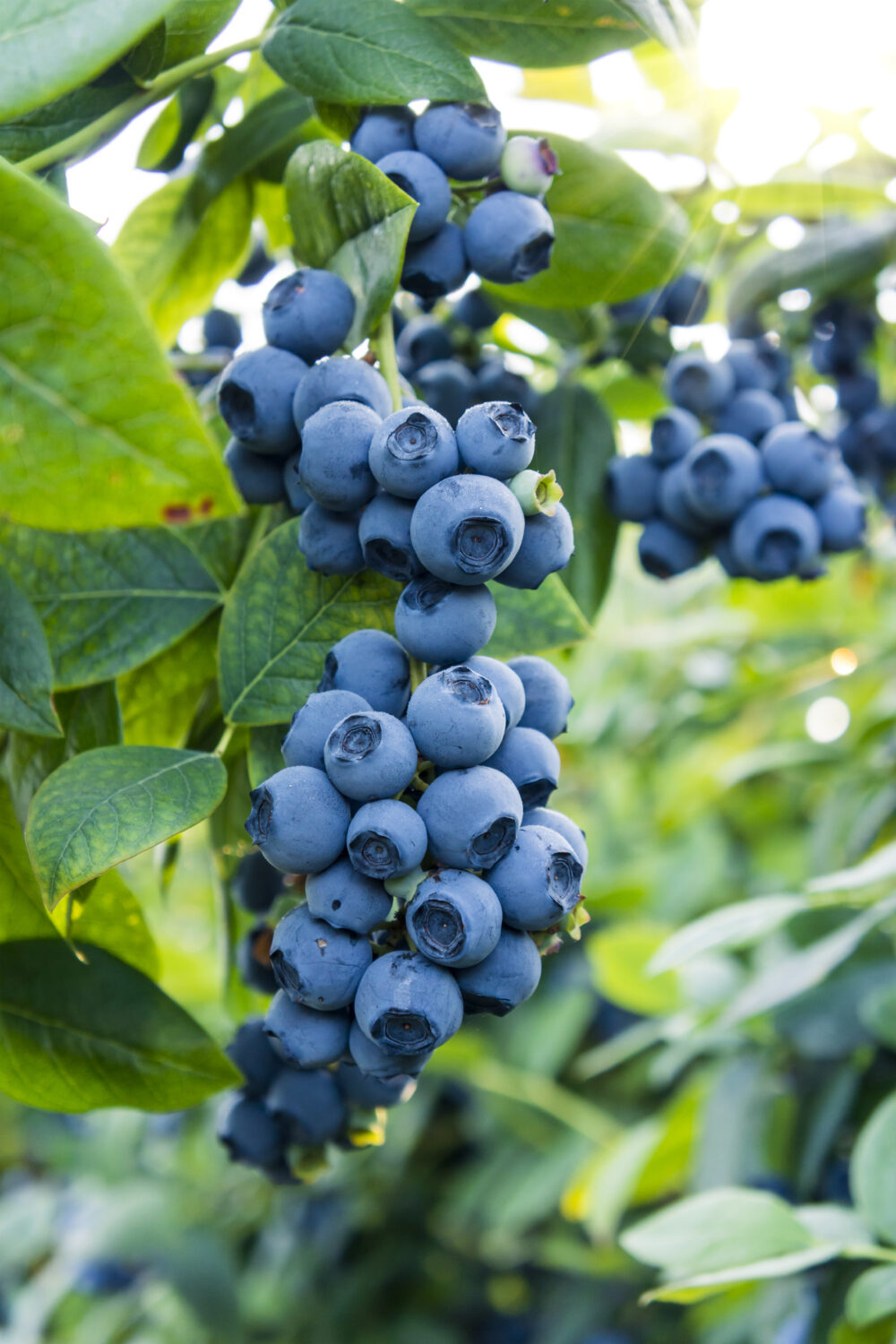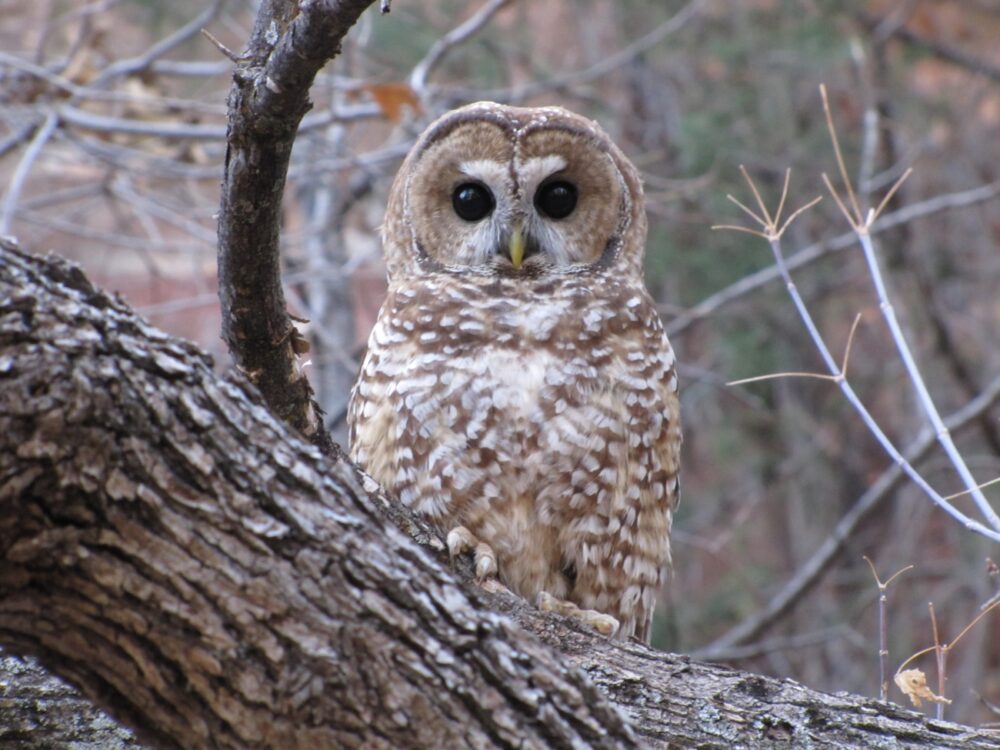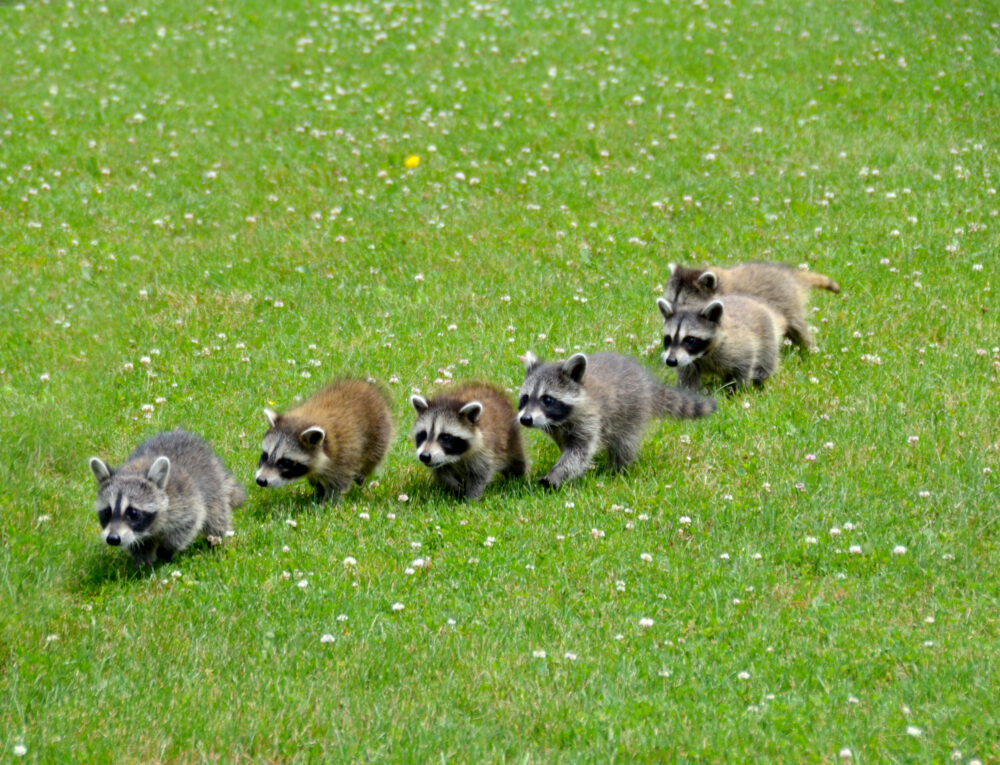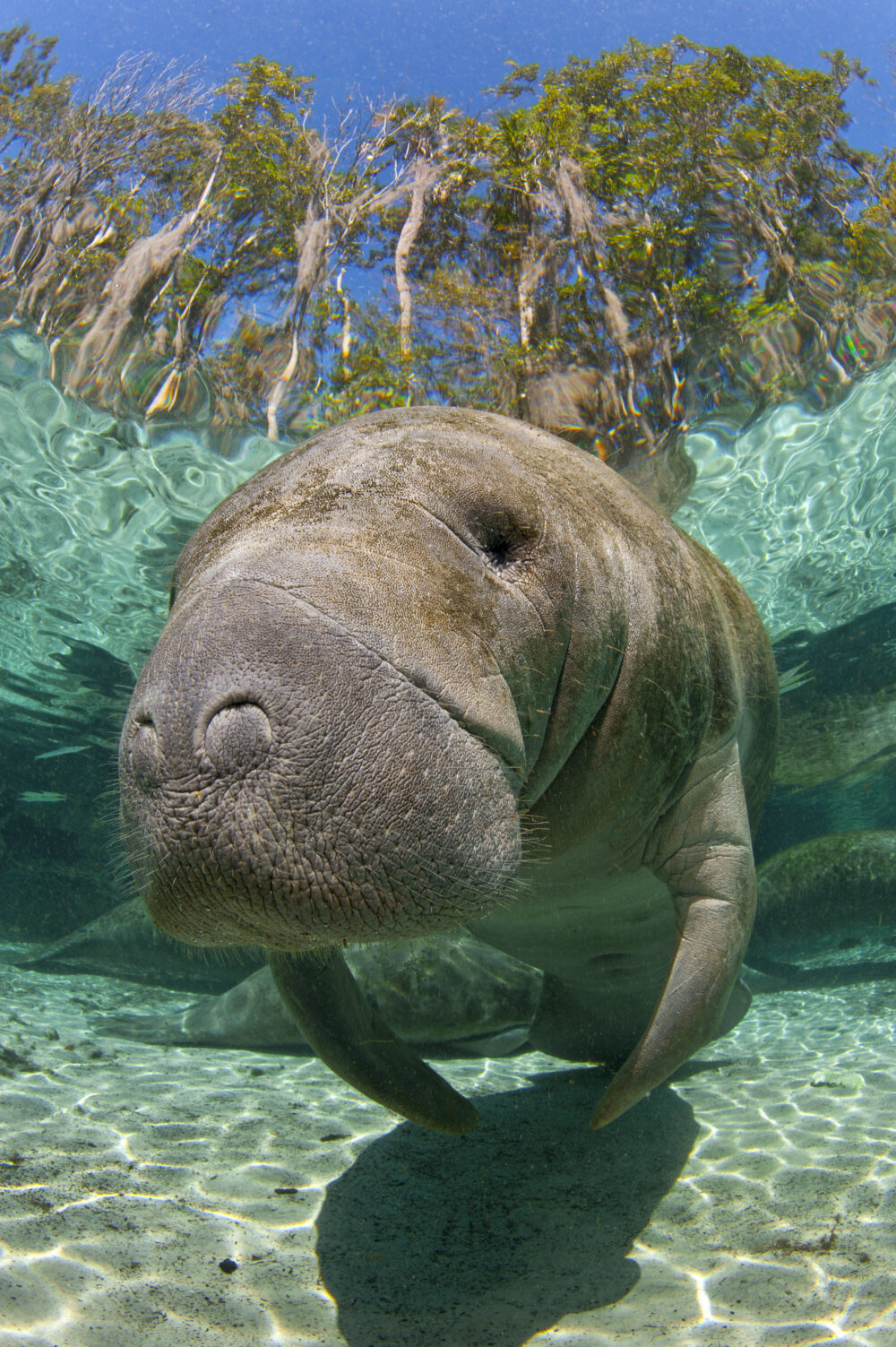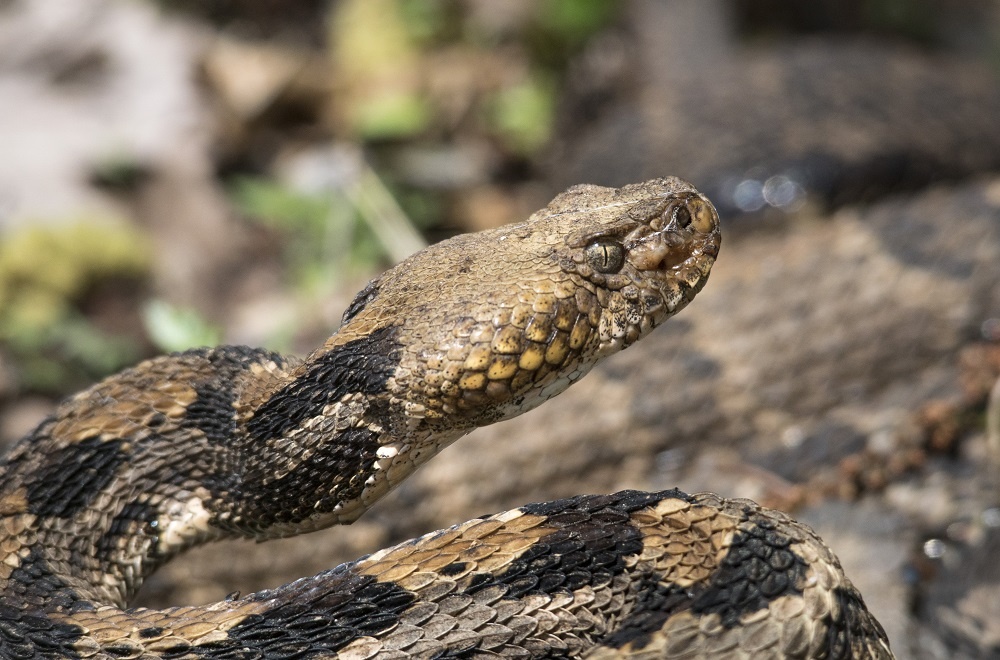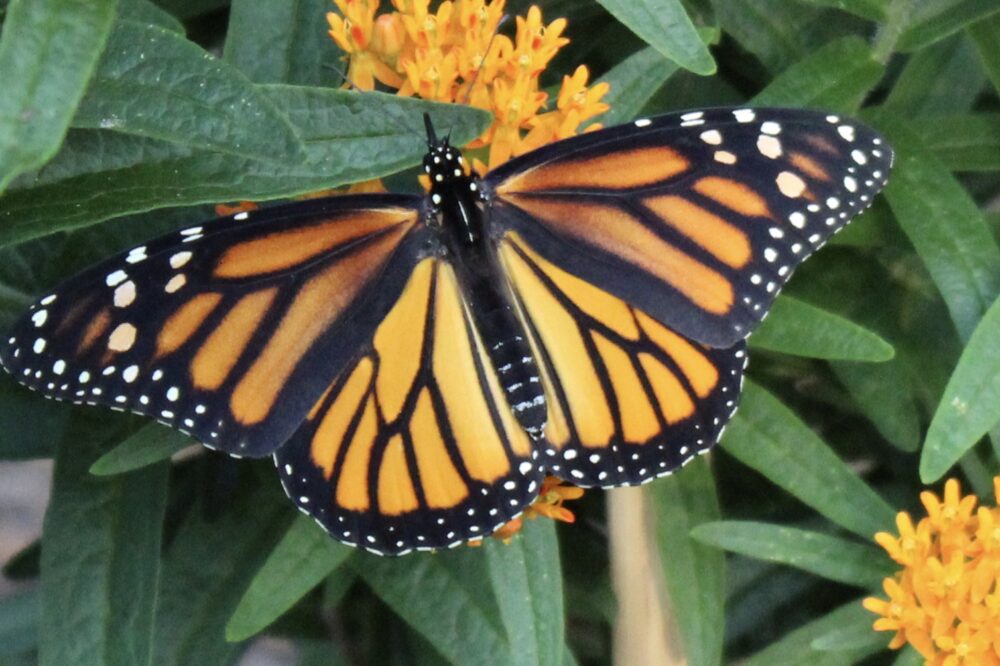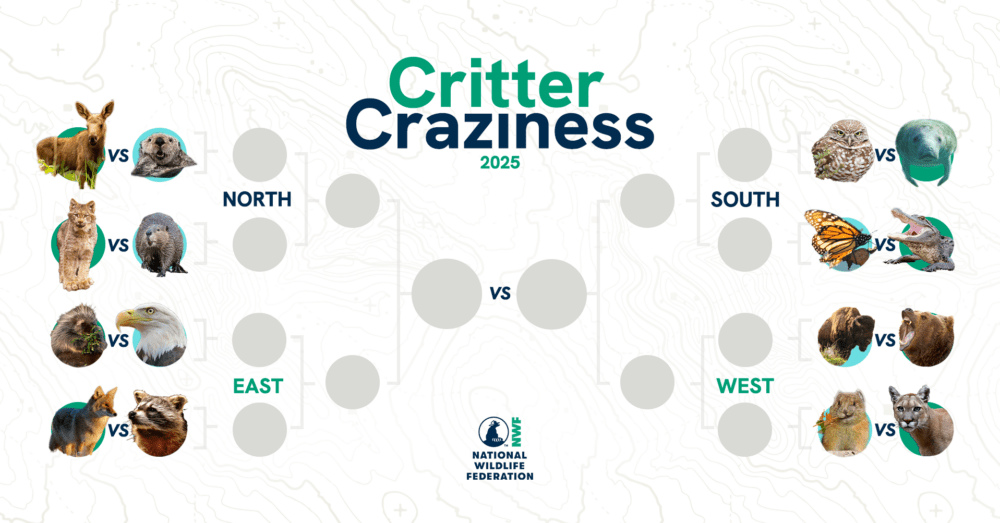We have much more to do and your continued support is needed now more than ever.
Say Hello to Some “Deer” Friends
This Week in NWF History
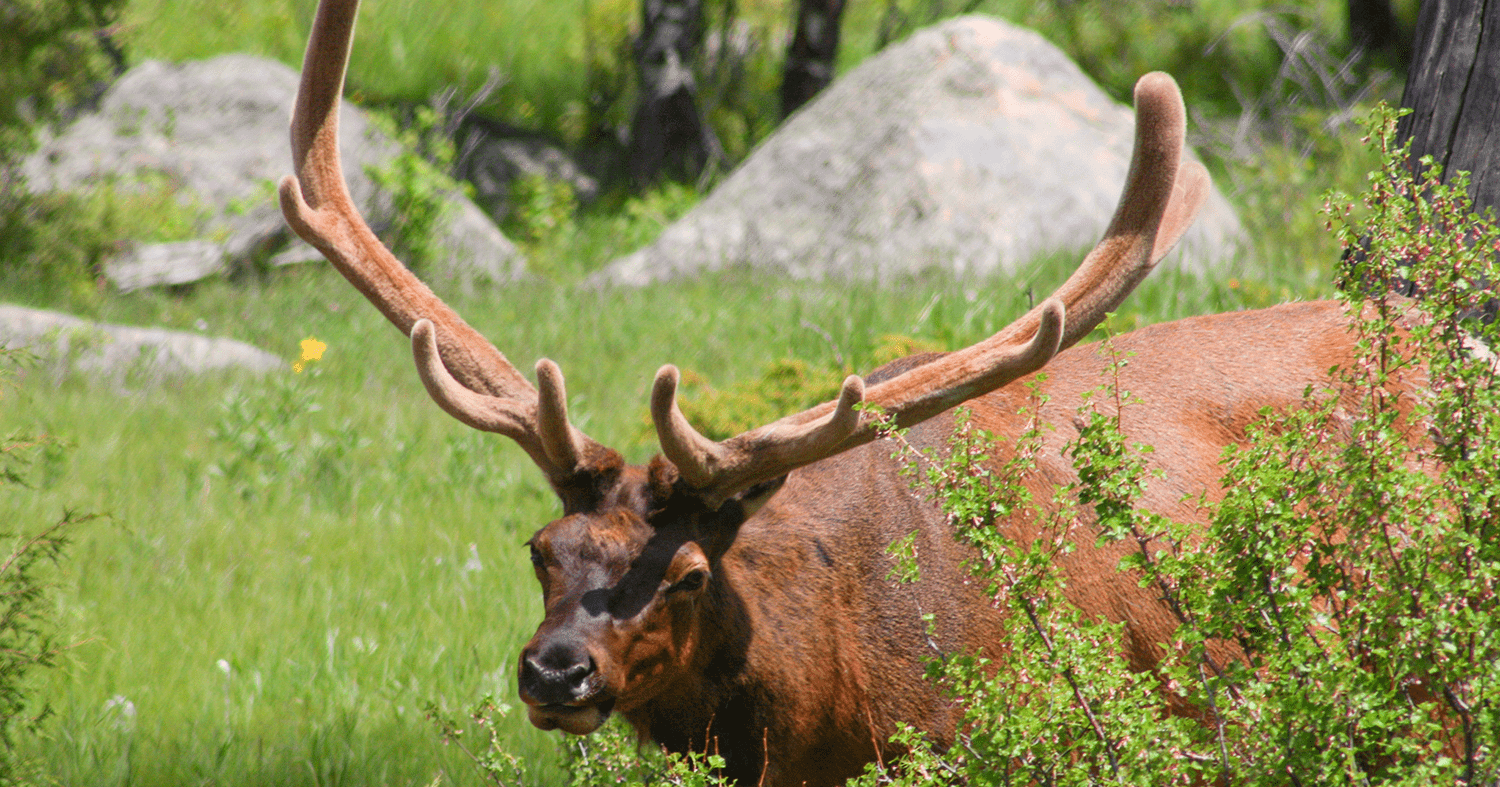
Since 1936, the National Wildlife Federation has worked to conserve the nation’s wildlife and wild places. As part of our 80th anniversary celebration, we are recognizing important moments in our history that continue to make an impact today.
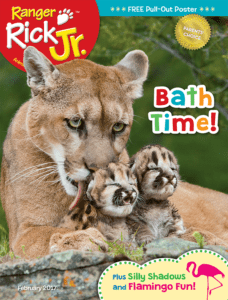
To coincide with this month’s Ranger Rick Jr. article, “The Deer Family”, let’s learn a bit more about some of the world’s deer species.
Elk
Elk are native to North America and can mostly be found in the western part of the continent. Elk usually breed in the summer and will migrate to higher elevations, such as the mountains to graze, find mates and give birth. Then, in the winter, they will return to lower valley pastures where finding food in the snow can be easier.
Moose
The largest of the deer species, moose can stand up to 6 feet tall and weigh up to 1,800 pounds. Their name, “moose” is an Algonquin word that means “eater of twigs,” which describes their diet that consists mostly of leaves, bark, and twigs from trees and shrubs. Moose often live in cooler climates and prefer forested areas with streams and ponds. They can be found throughout the northern part of the United States, Canada, and Alaska.
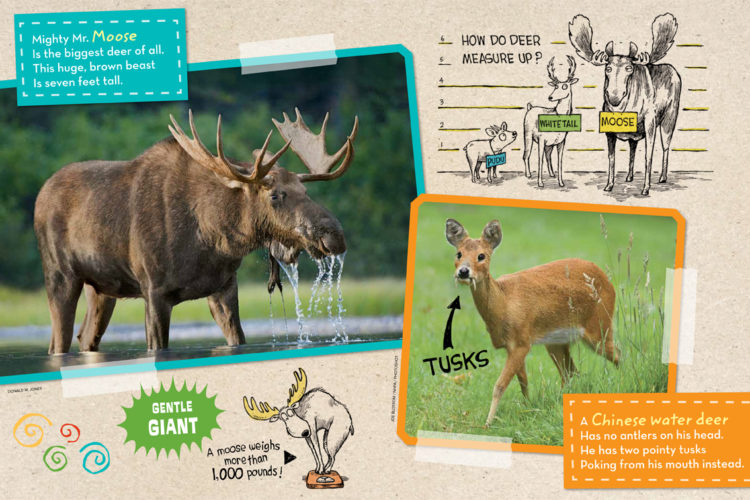
Chinese Water Deer
This small deer species is native to Asia and can be found in Korea and China. Rather than antlers, the Chinese water deer uniquely sports two tusks, which can grow up to 2 inches in length. They can often be found eating along river bottoms because they like to munch on the grasses and other vegetation that grow there.
Fallow Deer
Commonly found throughout Europe, the fallow deer is widespread and can be seen feeding in grassy areas or resting in wooded areas. Unlike other deer species, this species does not lose its spots as it matures. They are known to be extremely social and tend to form large herds.

